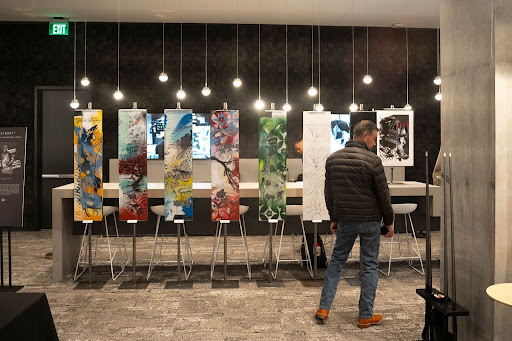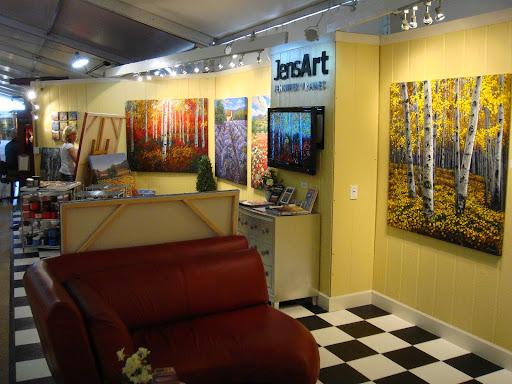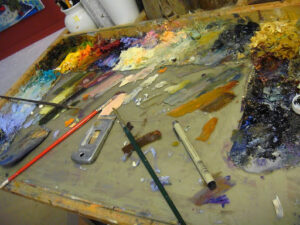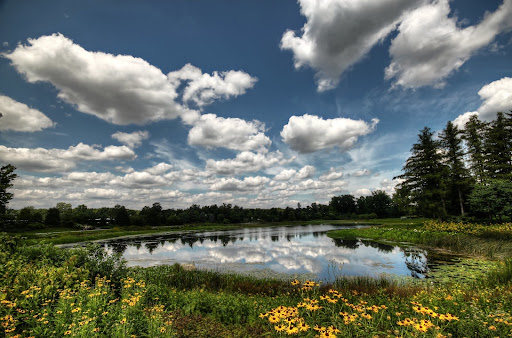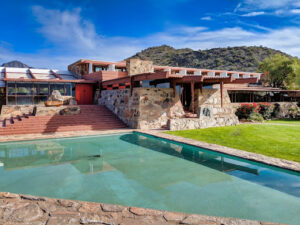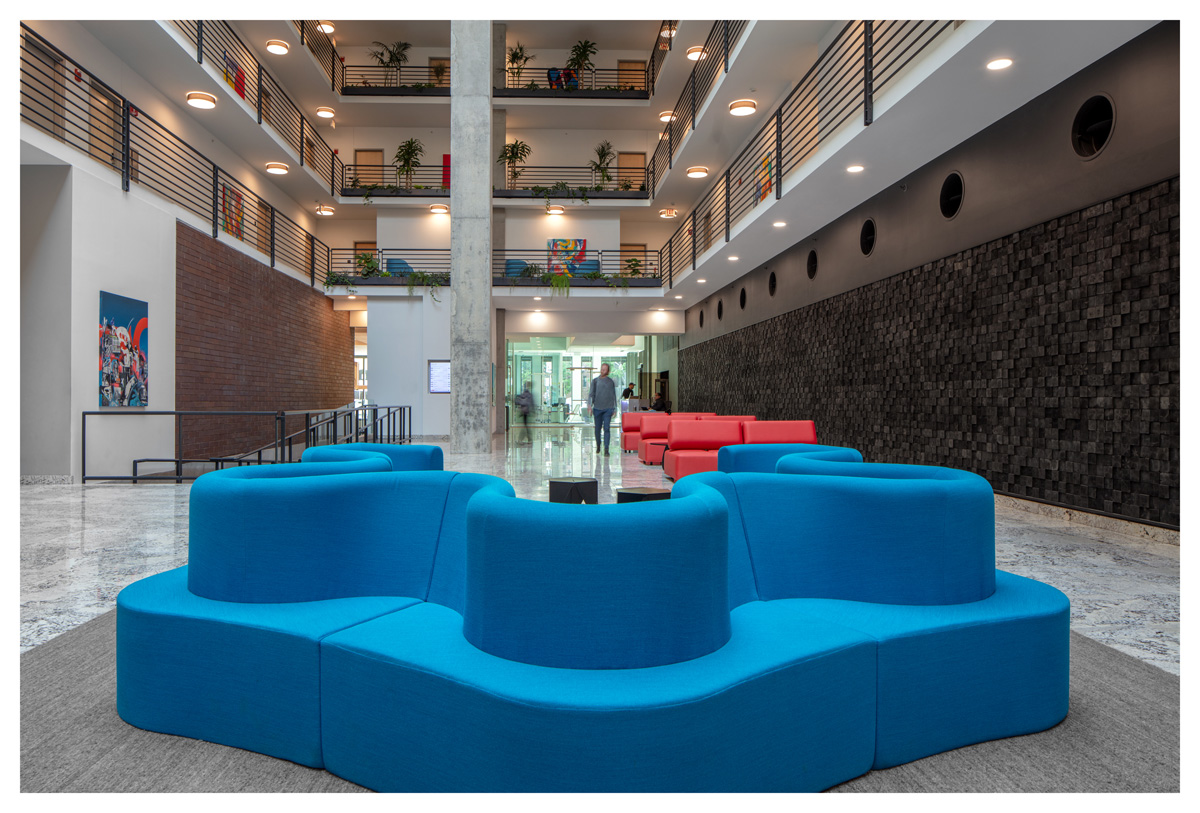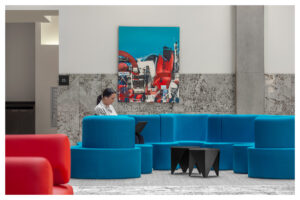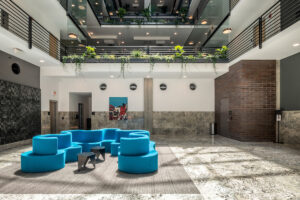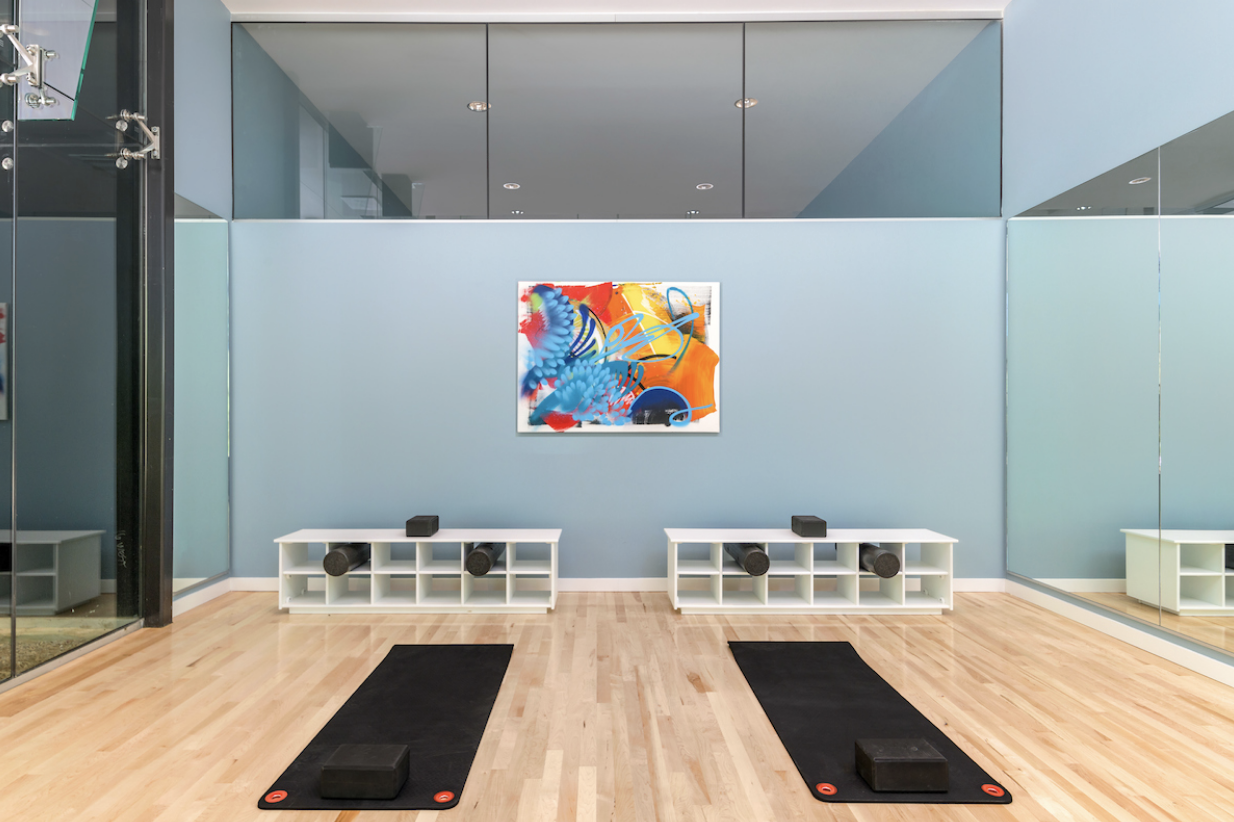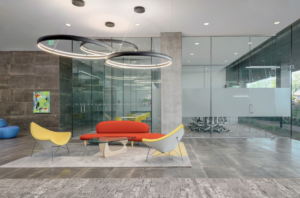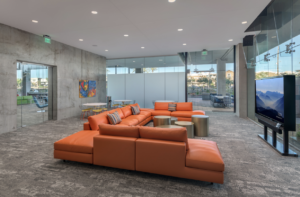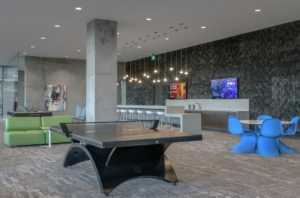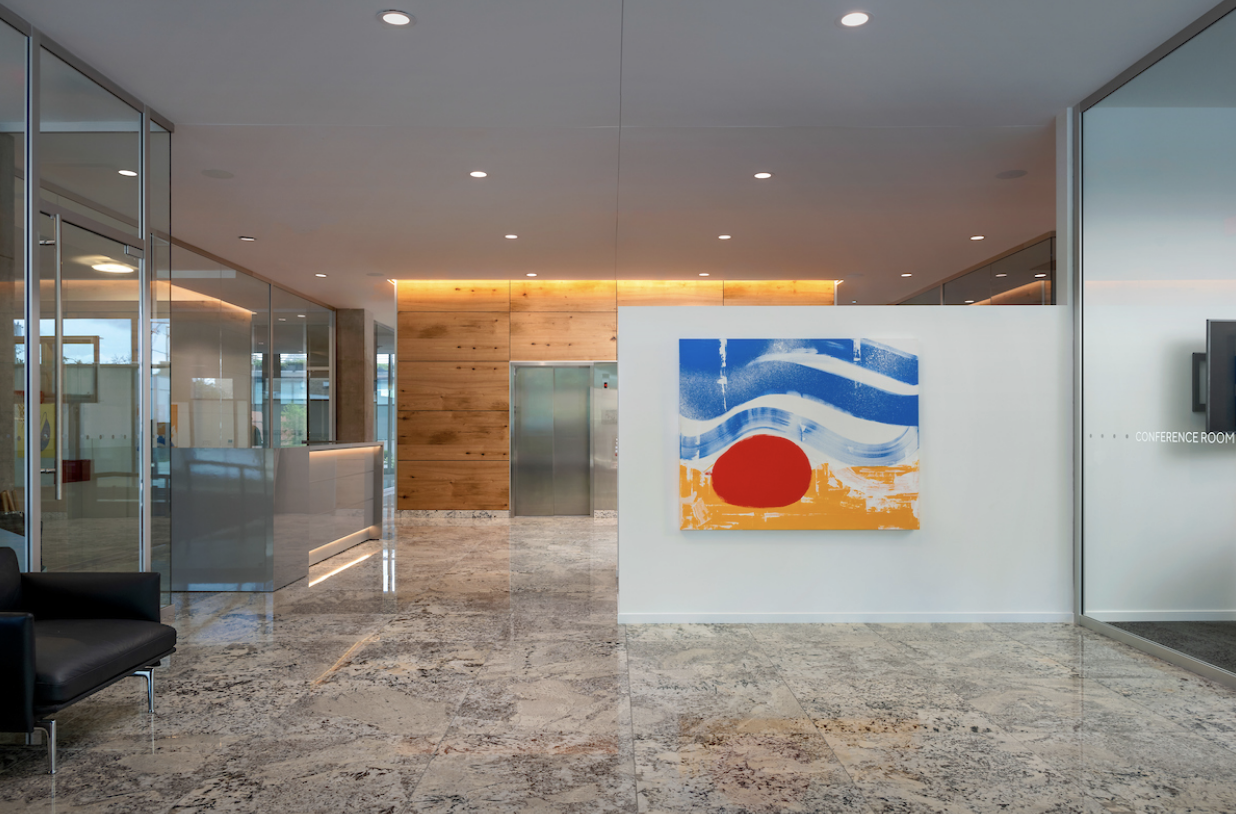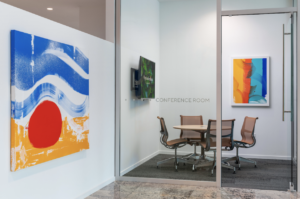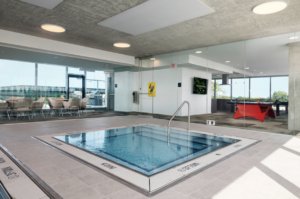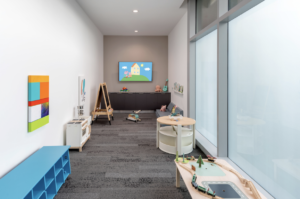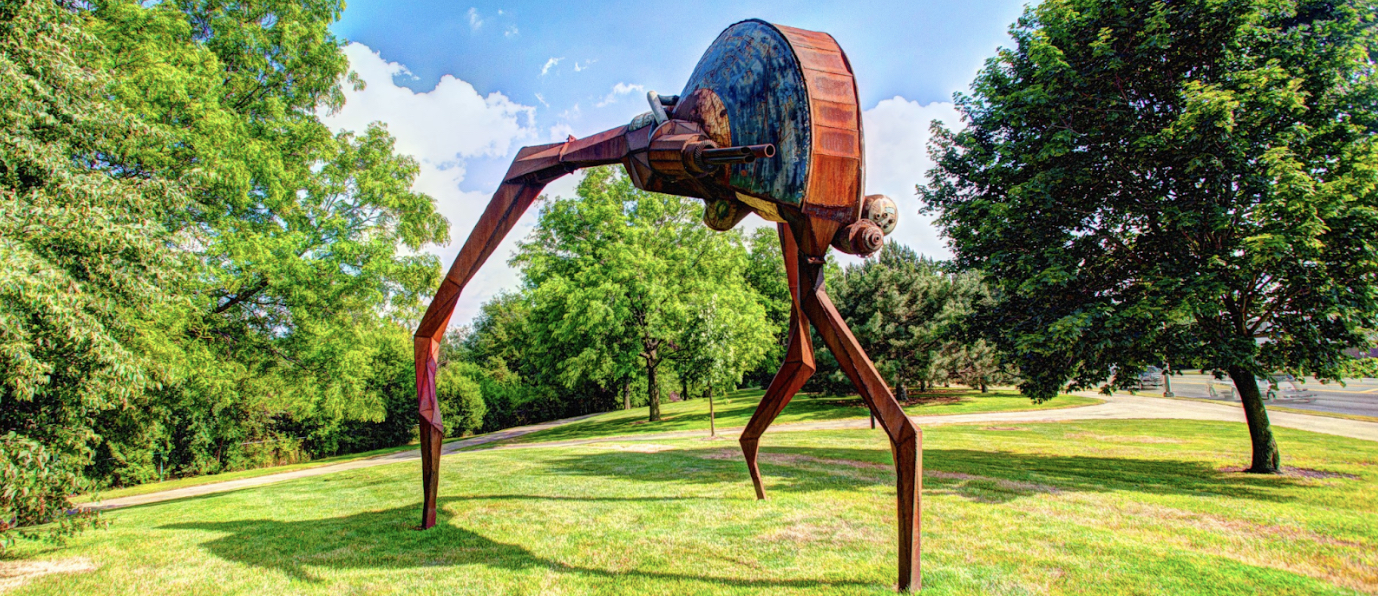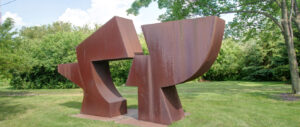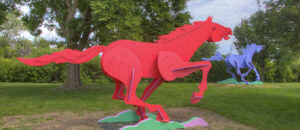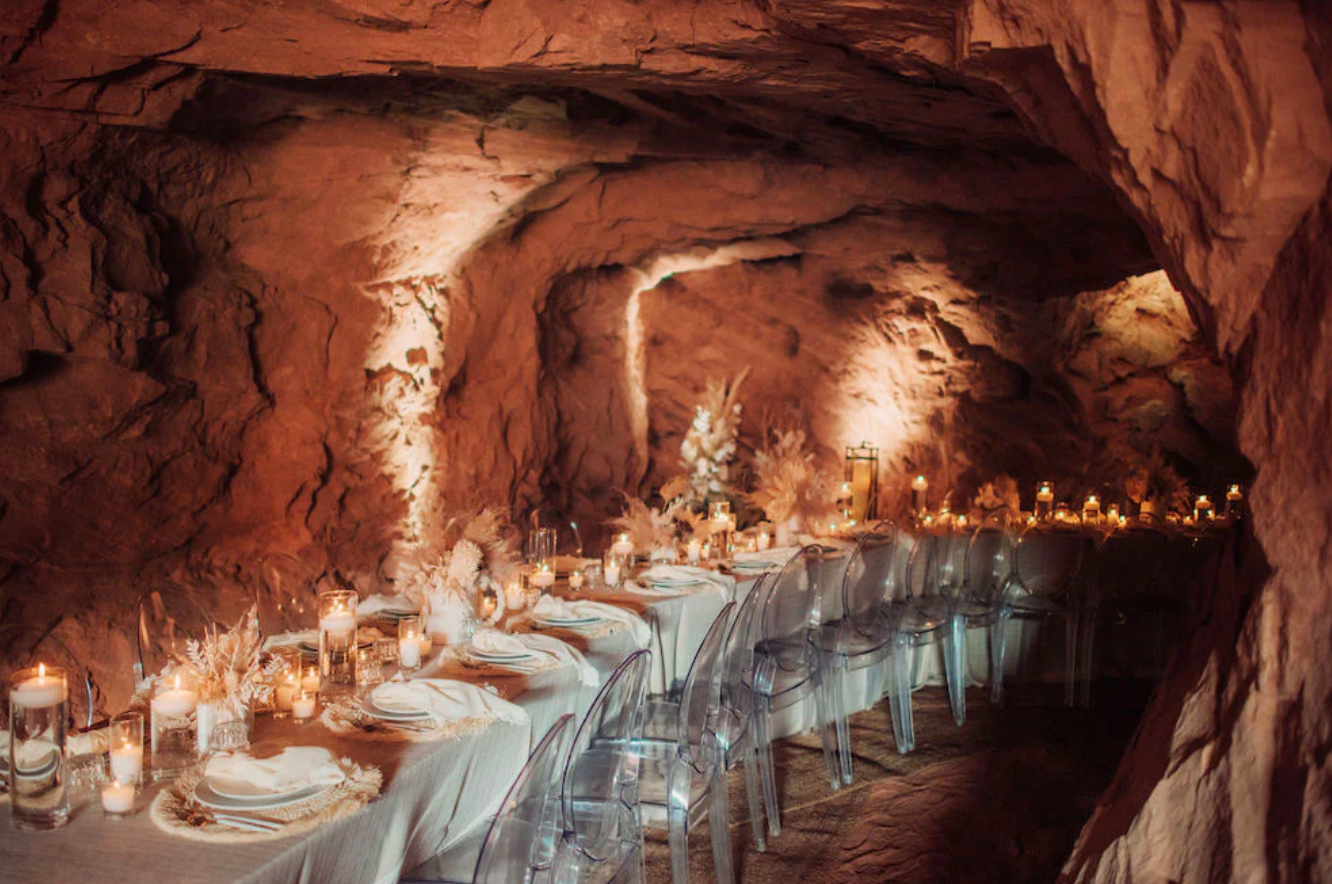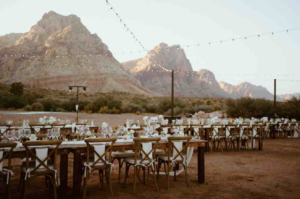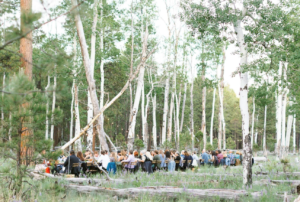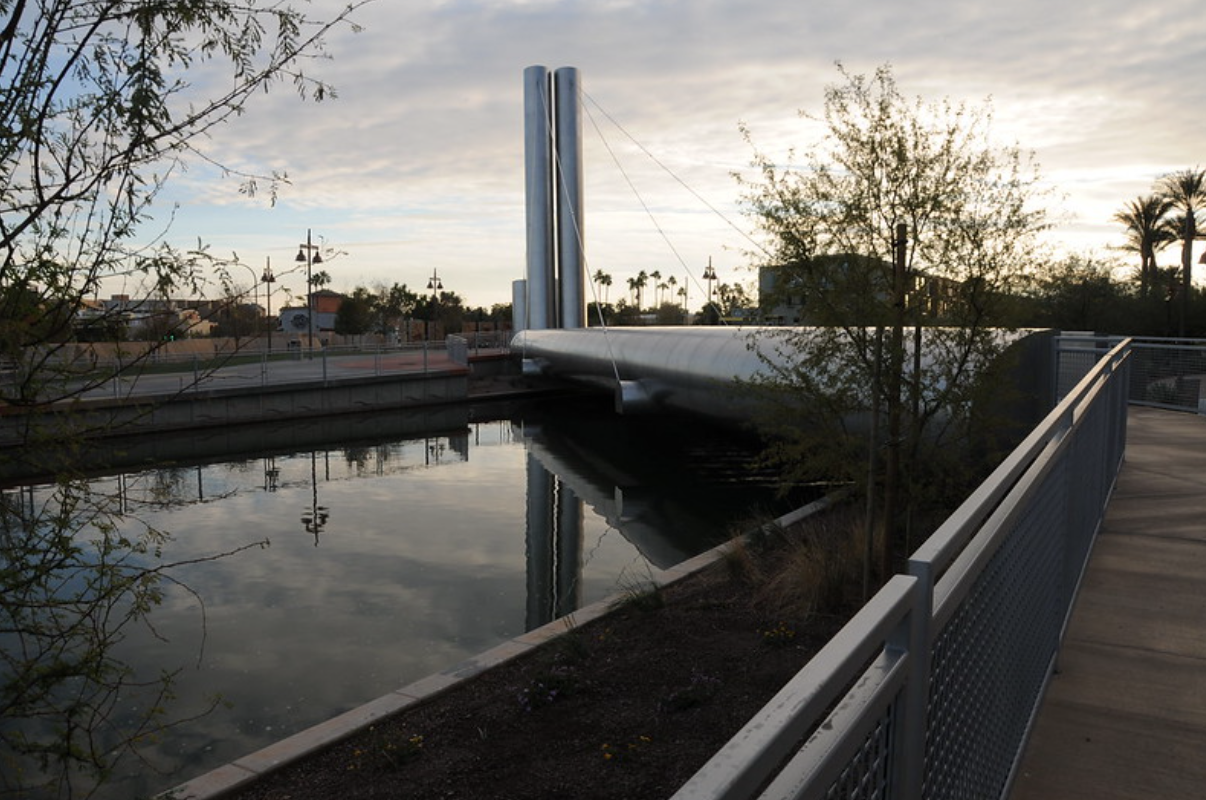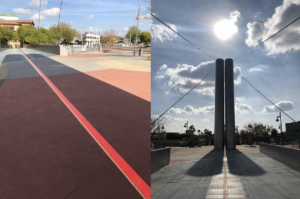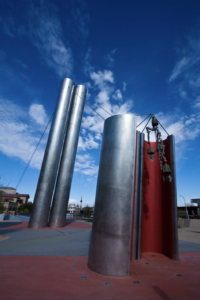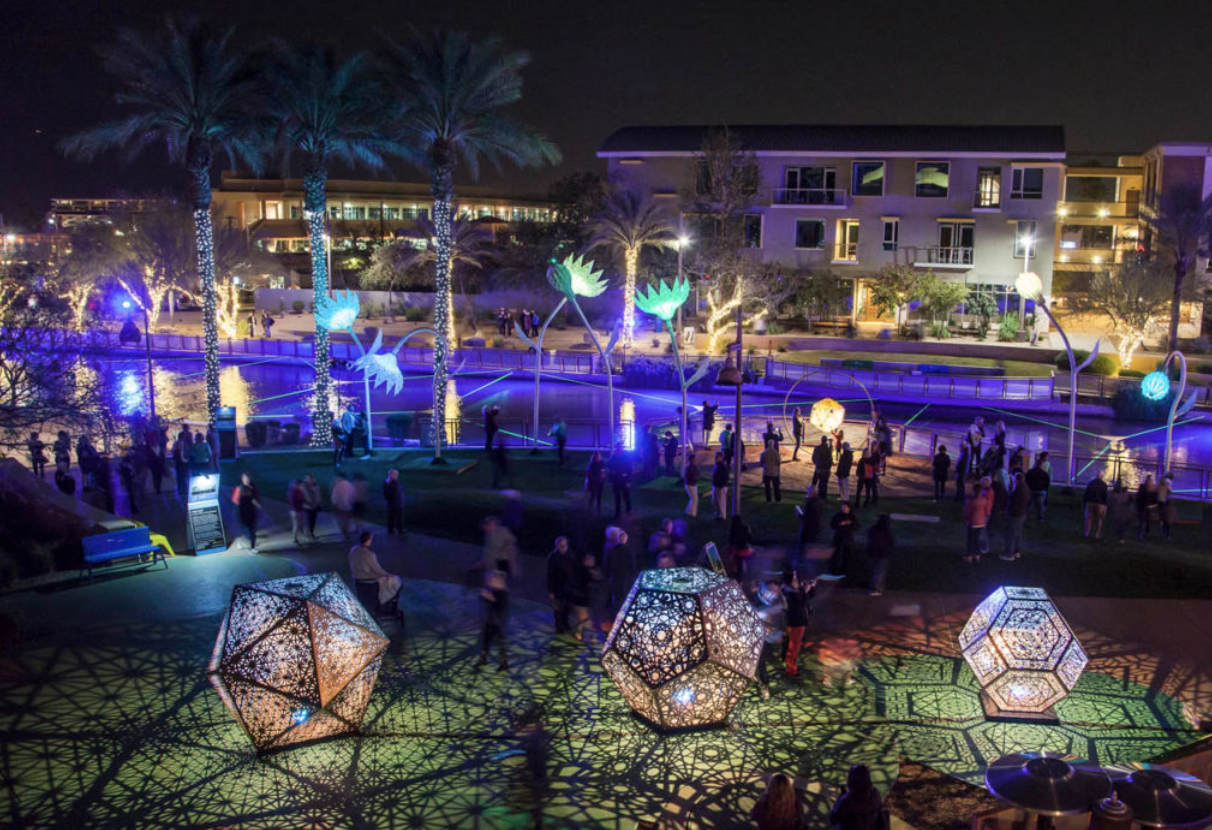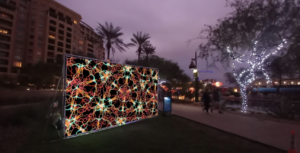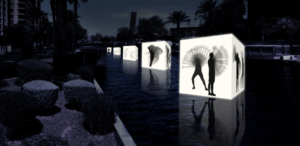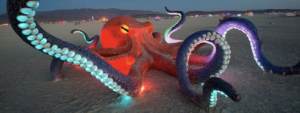At Optima® communities, we believe in fostering a vibrant culture that encourages creativity and engagement. It is with great pleasure that we highlight the diverse talents within our communities, especially when it comes to special events that bring everyone together. Recently, we had the unique opportunity to host an extraordinary exhibition with Ellison Keomaka, a celebrated local artist and the hand behind the commissioned installations across Optima® buildings.
Tell us a little bit about the exhibition idea with it. Was it who organized it? Did you make original work for the exhibition or was it more of a curation of existing paintings? Was there a theme?
At the end of 2023, some life events shifted my perspective. I had an overwhelming sense of clarity about what I wanted to create next — paintings for myself. Telling the story of the warrior spirit and the beauty of life through flowers began at the start of the year. The next 60 days held surprising discoveries for me that became the body of work titled “Hanakotoba.”
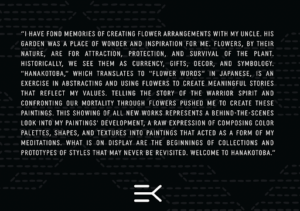
For the first time in my career, I created a body of work that wasn’t based on commissions or the collector’s aesthetic. These were stories that meant something to me personally. Celebrating life’s gifts and our impermanence, these paintings connect with the viewer, as well.
I chose the show title “Hanakotoba,” which translates to “flower words” in Japanese, as the visual palette to tell the stories of my life. Through the use of floral patterns, colors, and textures, I was able to express moments and people that have impacted me greatly.
The collection was diverse yet cohesive, with stories represented in many different forms and colors. In just 60 days, 38 paintings and 1 sculpture came together to become the exhibition.
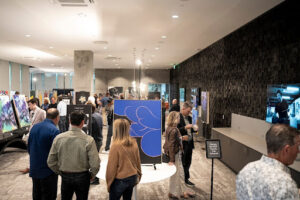
Can you describe the physical setting for the exhibition?
I paid special attention to the physical setting for the exhibition and chose the Residents’ Lounge at 7190 Optima Kierland®. The space is open and airy, which made it a perfect venue for the paintings. The exhibit was curated with the architecture in mind, focusing on every detail, including the custom fabricated easels for intentional and refined presentation of the work.
The stands made the paintings appear as though they were floating in space, which contributed to the sensation of being in a lush garden. Additionally, I installed panels with texts that shared personal quotes and the stories behind the works. The storytelling aspect made the show unique.
To transform the space for residents, I created an entry point with two large banners to offer a sense of arrival to the show.
How did the people attending engage with the work?
The event took place from 6:00 to 9:00 pm and attracted more than 200 people. Half of the attendees were Optima Kierland® residents, while the rest were collectors of my work and close friends.
As I walked through the show, I was moved by the overwhelming response of appreciation for the artwork. I was touched by the presence of many people who have been instrumental in my career success and those who are close friends. The artwork resonated with the attendees, and many of the pieces found new homes with their stories and intentions.
The show also featured curated music for the event, which a close friend created and performed live. It was the final piece that brought the show together and created an unforgettable experience.
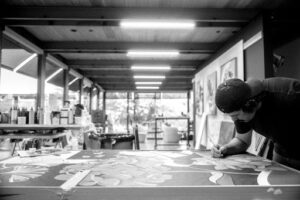
What was most meaningful to you about the exhibition?
Creating work that is bold, takes risks, and shares my values was a challenging experience. Although the behind the scenes of the show was not visible, the process behind it was a battle, both internally and externally. Each painting had to be perfect due to the tight timeline, and striking the right balance between creative expression and excellence was a delicate dance. Bringing together all the elements to create a seamless and engaging experience was also challenging, but it all coalesced thanks to the help of some amazing people.
Despite the challenges, there was a beauty to the process that I found only by persevering and courageously moving forward.
So what’s next?
The show marks a new beginning and a transformation in my work. The process and the way I create have once again evolved. I am excited for this new chapter of expression in my work.
There are several amazing upcoming projects that include the new Optima McDowell Mountain™. The buildings will feature brand new styles of work using inspirations from the surrounding nature. There will also be limited edition releases of work from the show and some exciting new exhibits to be announced. I am just grateful for each opportunity I’m given to create.
